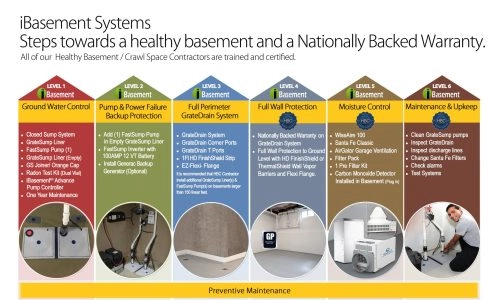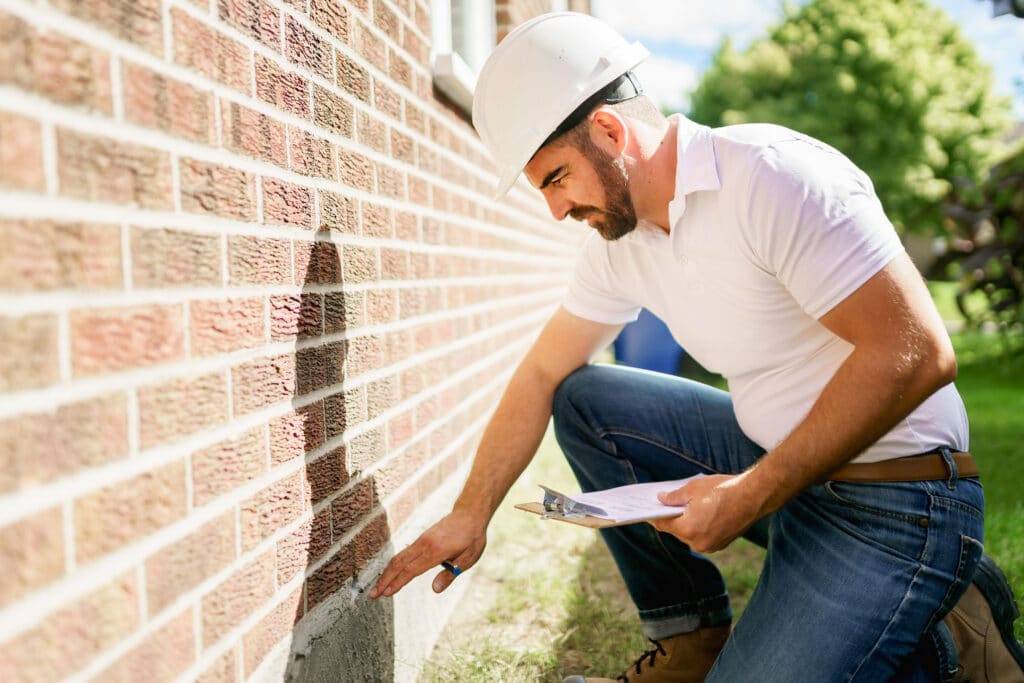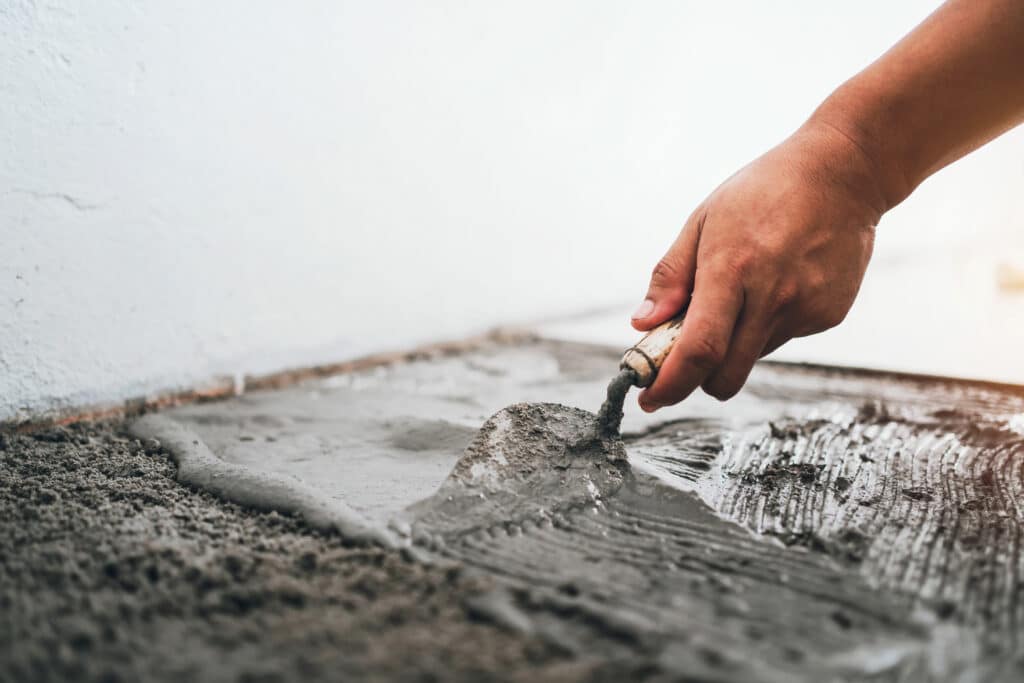Common Causes of Foundation Problems in Albany
A home in Albany might experience foundation issues for a variety of reasons. Some are specific to the local environment, while others are common nationwide. They include:
- Aging plumbing: The average Albany home construction year is 1968. If you live in an older home, it's likely to have cast-iron plumbing. When the pipes start eroding, leaking water could reach your foundation and even pool beneath it.
- Topsoil Frost: When temperatures plummet, topsoil freezes rapidly and lower layers can't expand, forcing upper layers to heave and permanently damage infrastructure.
- Standing water: Water accumulation around your home can threaten your foundation, especially when it collects in areas your drainage system doesn't reach.
- Improper modifications: Landscaping or roofing work that wasn't done to standard could result in your foundation settling.
- Tree Roots: Tree roots can intrude into a home's foundation through crevices, and may apply force that results in your foundation fracturing, pipes leaking, and overall structural destabilization.
How to Choose the Best Foundation Repair Company
When choosing a foundation company, you should consider your personal priorities. Ask each provider on your list about the following qualities.
Licensing and Experience
New York's state government doesn't issue contracting licenses, but cities often choose to require them of foundation companies and other builders. For example, New York City requires foundation and excavating contractors to obtain a "Safety Registration Number" with a concrete work endorsement. They also need to register as a general contractor or home improvement contractor. You can also get a sense of a company's experience through the details its representatives share. Ask about its inspection methods, local code requirements, permit-pulling procedures, and fees.
One of the most effective ways to assess a company's reputation is to visit its website. Look for how long the company has operated and the accreditations its team holds. Many prominent companies publish educational content for potential customers.
Customer Reviews
When you're researching a company's credibility, check out its Better Business Bureau (BBB) profile. There, you can find its "letter grade" rating and a list of customer reviews, both positive experiences and complaints. Complaints aren't necessarily a red flag in themselves. Instead, discover how a company handles them. If the management team proactively and consistently resolves issues, it's a good sign. However, if the company lacks accreditation, has an abundance of negative feedback, and doesn't communicate well, you should avoid working with it.
Finally, we recommend you search other platforms, like Trustpilot and Google, for other reviews.
Foundation Repair Cost in Albany
The price of foundation repair can range widely depending on the extent of the issues and what needs to be fixed. For minor foundation fissures and settling concerns, you may pay as little as $1,900. However, if there is substantial damage, the typical cost lands at about $3,200. More complex projects requiring excavating, helical piers, or major mudjacking could cost $7,000+. Below are the average foundation repair costs for common issues.
| Common Foundation Repair Services | Average Cost |
|---|---|
| Crack Repair | $370 |
| Leak Repair | $3,009 |
| Stabilization | $5,236 |
| Underpinning | $1,418 |
| Waterproofing | $3,327 |
Ready to Get a Quote on Your Foundation Repair Project?
Please enter a valid 5-digit zip code!
Frequently Asked Questions About Foundation Repair in Albany
What will I pay to repair my foundation in Albany?
What preventive measures can I take to avoid foundation issues?
- Make sure your home's gutters and downspouts are in good condition and direct water away from your foundation to avoid water accumulation.
- Irrigate the soil around your foundation consistently, especially during dry spells, to prevent shrinking and expansion.
- If possible, grade the soil around your home to slope away from your foundation, encouraging water drainage and reducing the risk of foundation issues.
- Keep an eye on your foundation for signs of damage, and fix any issues promptly.
Are there telltale signs I should avoid a particular foundation company?
Do I need to leave my home for foundation repair work?
That said, foundation repair crews use heavy machinery, and you'll occasionally experience loud noises or vibrations. If either of these will disturb you, you might prefer to leave and return when the crew is finished.
To share feedback or ask a question about this article, send a note to our Reviews Team at reviewsteam@thisoldhousereviews.com.
More Foundation Resources
National Foundation Repair Ranking Methodology
Sources
U.S. Census Bureau (American Communities Survey)
















